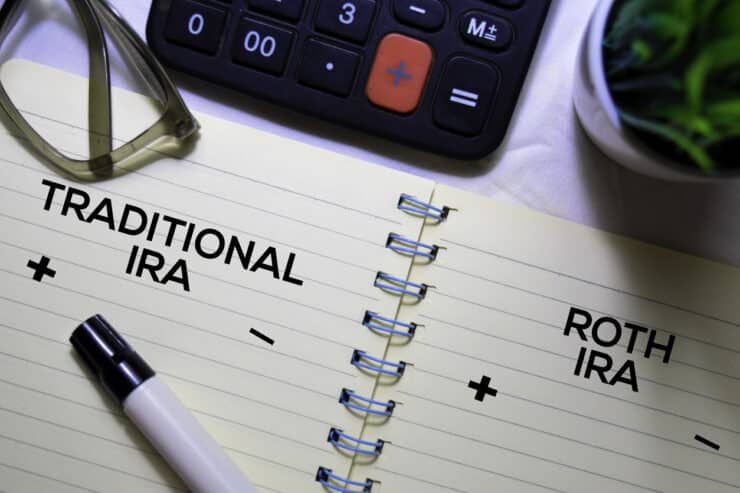Millions of Americans depend on individual retirement accounts, more commonly called IRAs, to help save for the future — i.e. retirement. Last year, more than 40% of U.S. households reported owning some type of IRA, according to research from the Investment Company Institute (ICI). With $11.7 trillion in assets in mid-2022, ICI data showed, the accounts represented 34% of U.S. total retirement market assets.
IRAs can help you save for retirement without the help of an employer plan. The limit on annual contributions to traditional and Roth IRAs is $6,500 in 2023 with a $1,000 catch-up contribution for those 50 and older.
Let’s unpack some of the most popular options:
Traditional IRA
Established in 1974, Congress designed traditional IRAs to give people not covered by retirement plans or pensions at work a tax-advantaged savings plan, notes ICI. They were also designed to be a vehicle where employees who left a job could roll over funds from a 401(k) retirement plan into the IRA.
With a Traditional IRA, there are no income limits, and in most cases, contributions are tax-deductible. The money you invest grows tax-deferred. Then, you’ll pay taxes on the money when you withdraw down the road in retirement. An exception is if you or a spouse is covered by a retirement plan at work, like a 401(k). If that’s the case, the tax deduction on your account begins to phase out at an adjusted gross income of $68,000 for single filers and $109,000 for joint filers. That means if you make more than that, you may not be able to take the full tax deduction. And if you make more than $78,000 for singles and $129,000 for joint filers, you can’t take a deduction at all. People in higher tax brackets sometimes choose a Traditional IRA if they think they’ll be in a lower tax bracket when they retire.
Roth IRA
This is often the first choice for many savers because even though you contribute to a Roth, you don’t receive a tax deduction, but the money grows tax-free and withdrawals are tax-free. Depending on how you’re invested, and how the market performs, your money has the potential to grow exponentially, which can represent a huge tax boon. To be eligible to make the maximum contribution to the Roth IRA, your adjusted gross income as a single tax filer can be no more than $129,000, for joint filers it’s $204,000. At that point, you can make a partial contribution until you hit an adjusted gross income of $144,000 for singles, and $214,000 for joint filers, at which point the right to contribute phases out entirely.
Spousal IRA
What if you’re married and not earning an income? If you have an income-earning spouse, and file joint tax returns, you can contribute to retirement — in your name —using what’s called a spousal IRA. Here’s the deal: The working spouse contributes on behalf of the spouse who isn’t earning income. The limits on contribution and income are the same as they are for traditional and Roth IRAs.
And, If You’re Self Employed
For small business owners or self-employed, there are two IRAs to consider:
SIMPLE IRA — which stands for Savings Incentive Match Plan for Employees — is designed for small companies (those with 100 employees or less.) It allows employers to contribute dollar-for-dollar matches for contributions of up to 3 percent of employee pay. Employees can’t contribute as much as they can to 401(k)s, but more than they can into traditional or Roth IRAs. For 2023, employee contributions cap out at $15,500, and $19,000 for employees 50 or over.
SEP-IRA has significantly higher contribution limits. They’re best for those who want to contribute for themselves and perhaps for a spouse, but not necessarily for employees.
With reporting by Casandra Andrews






